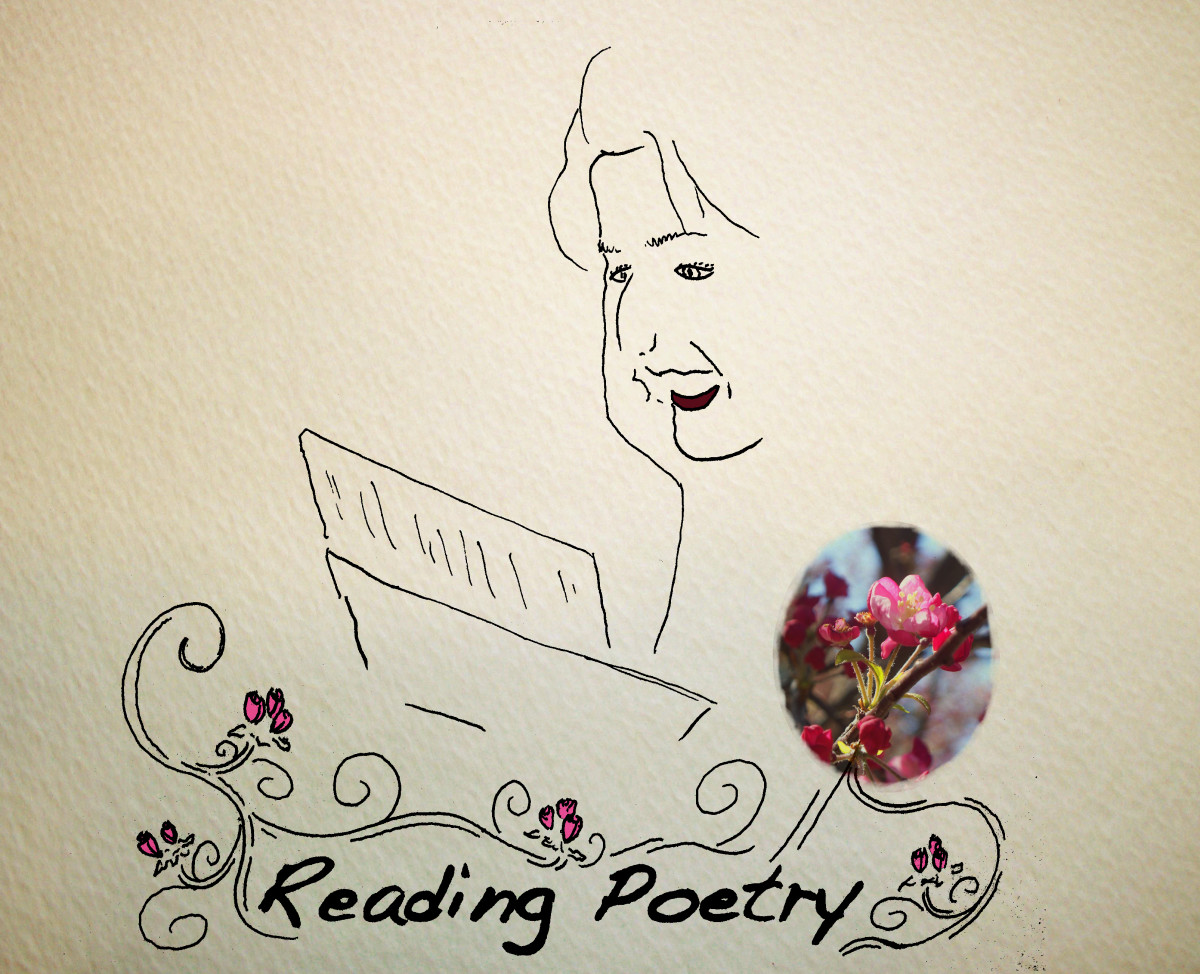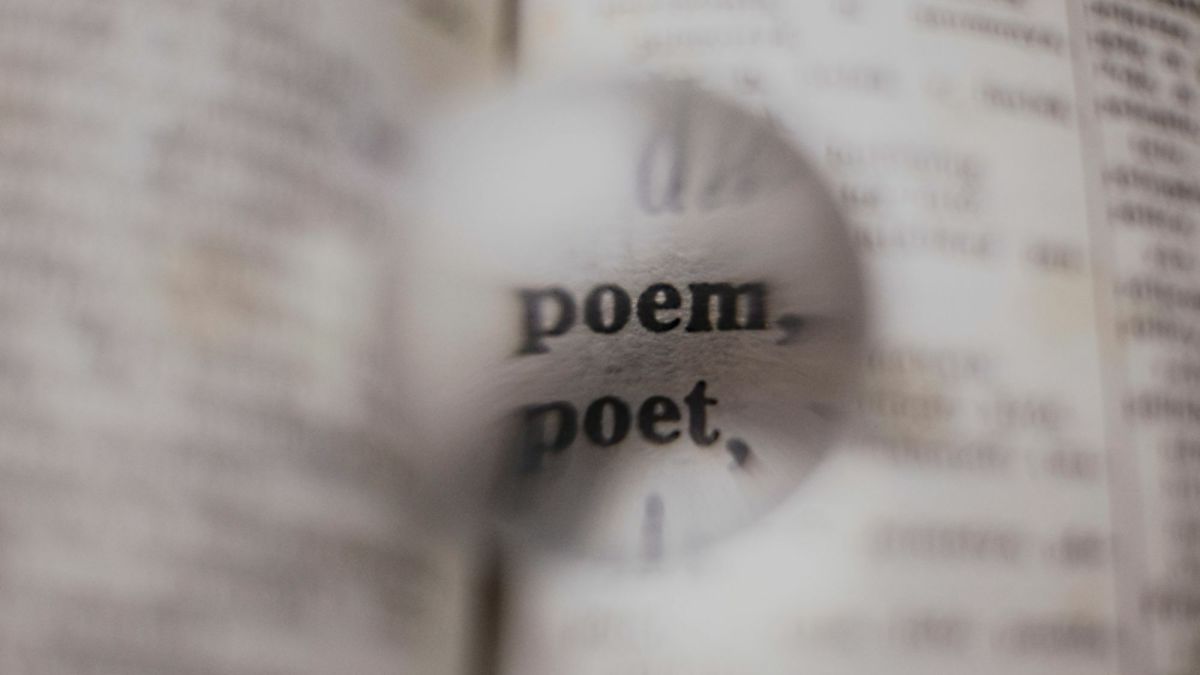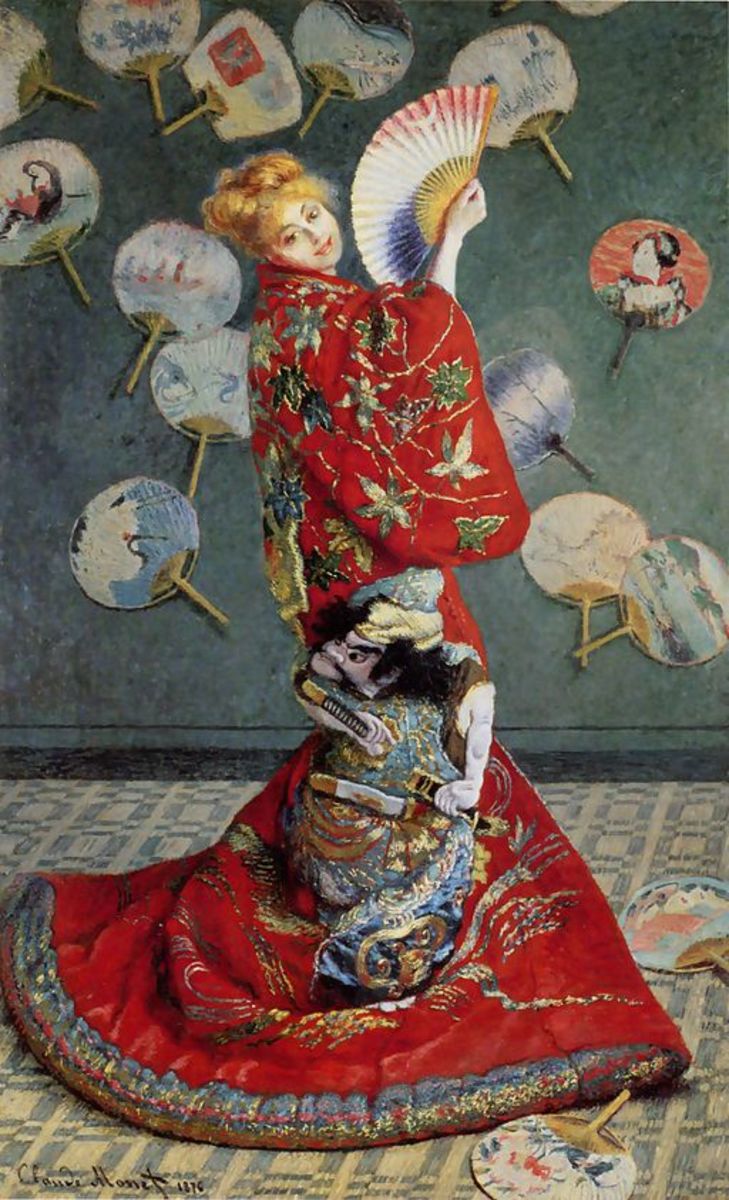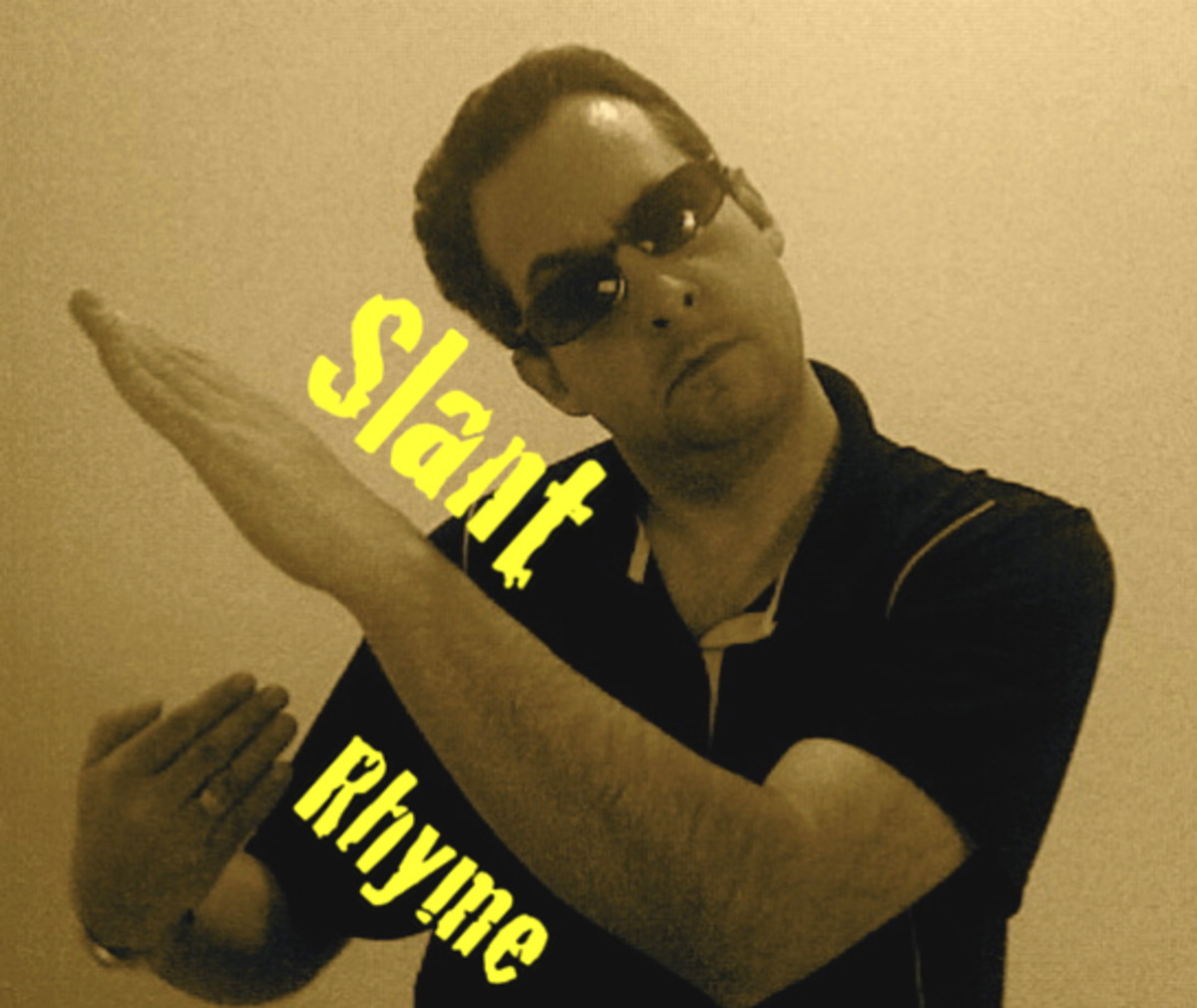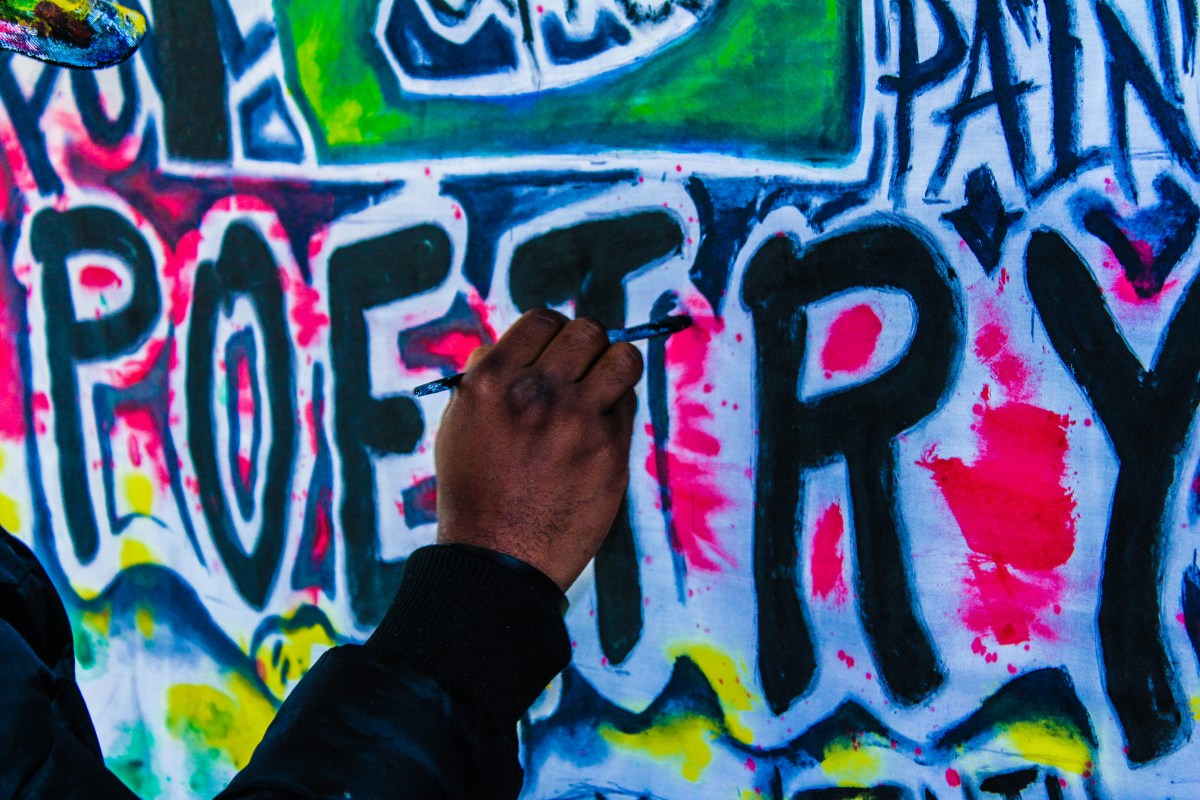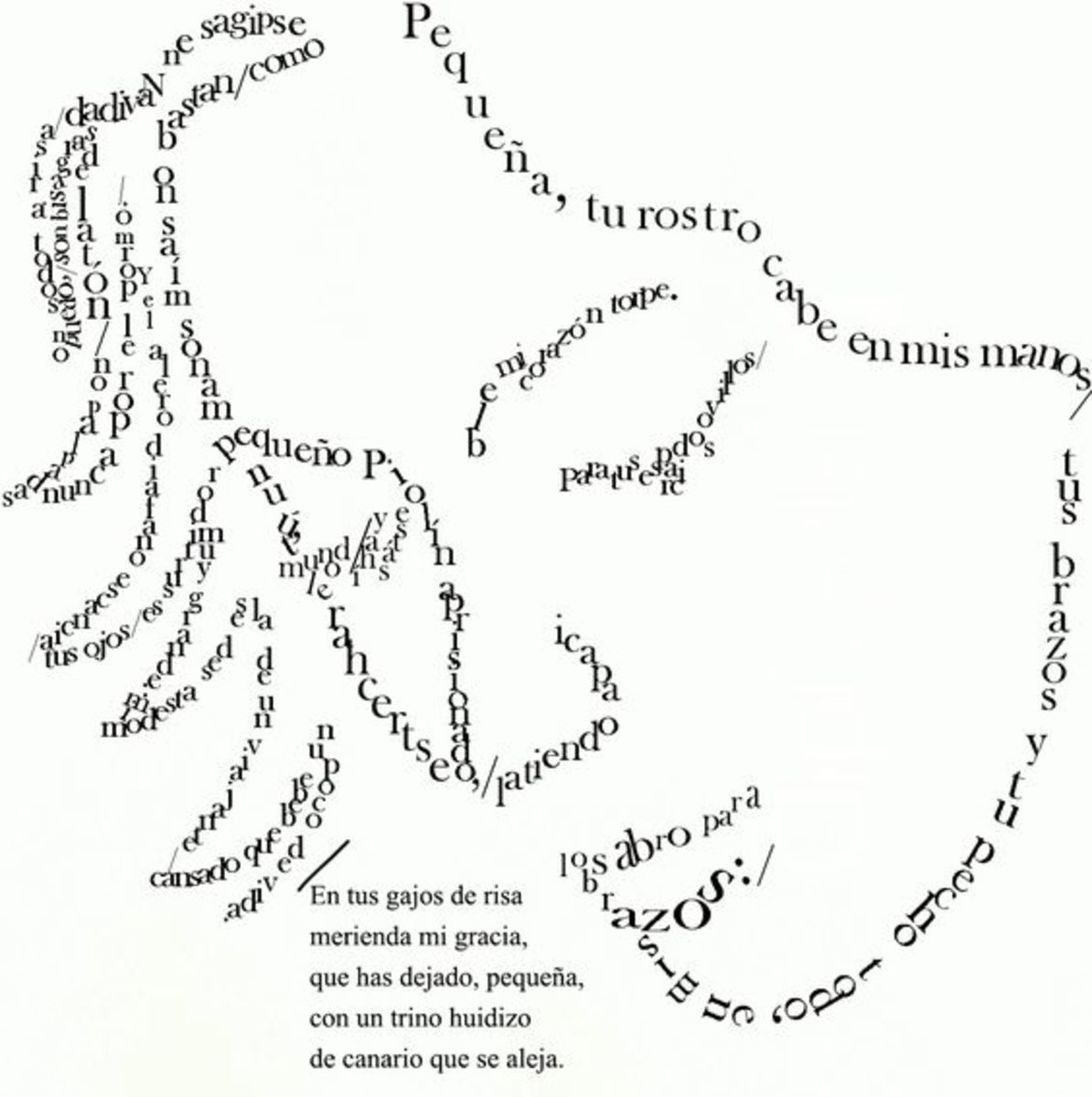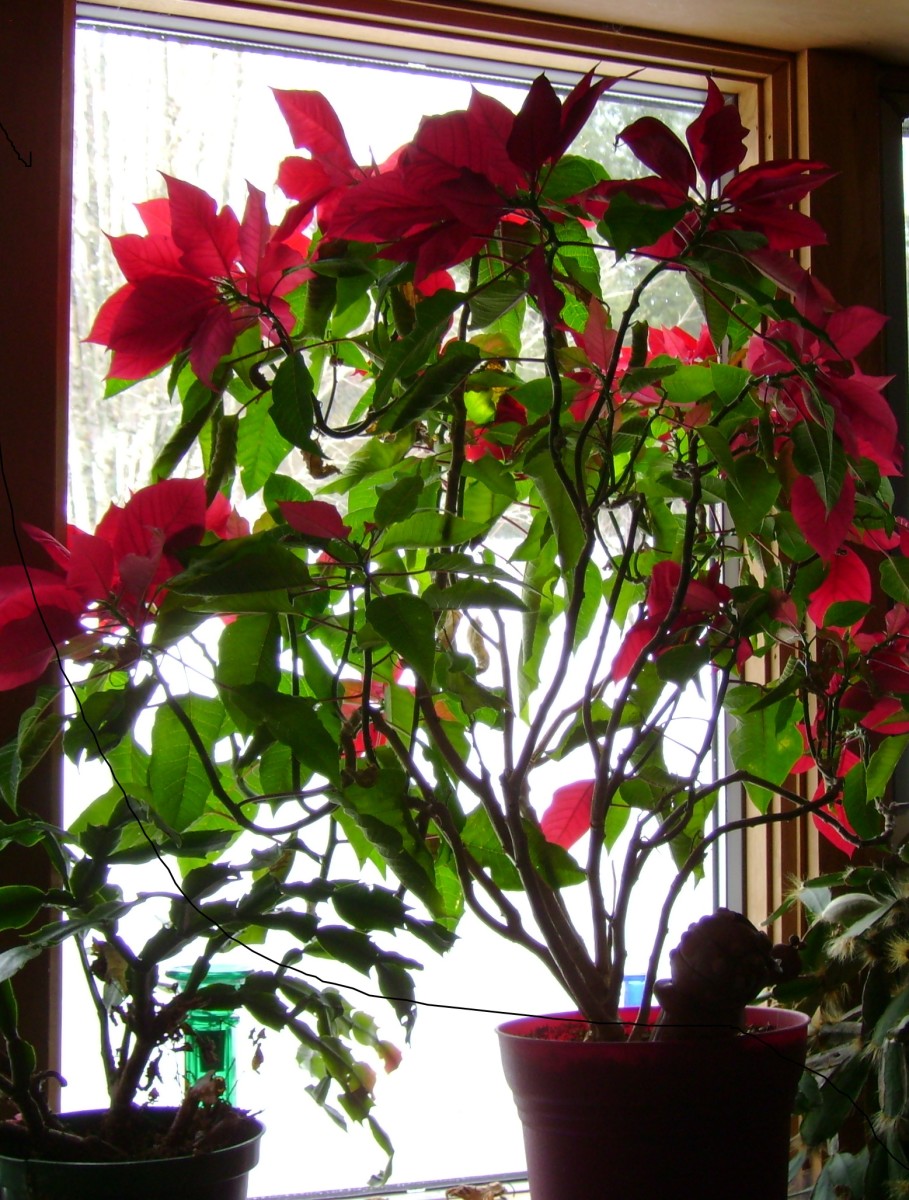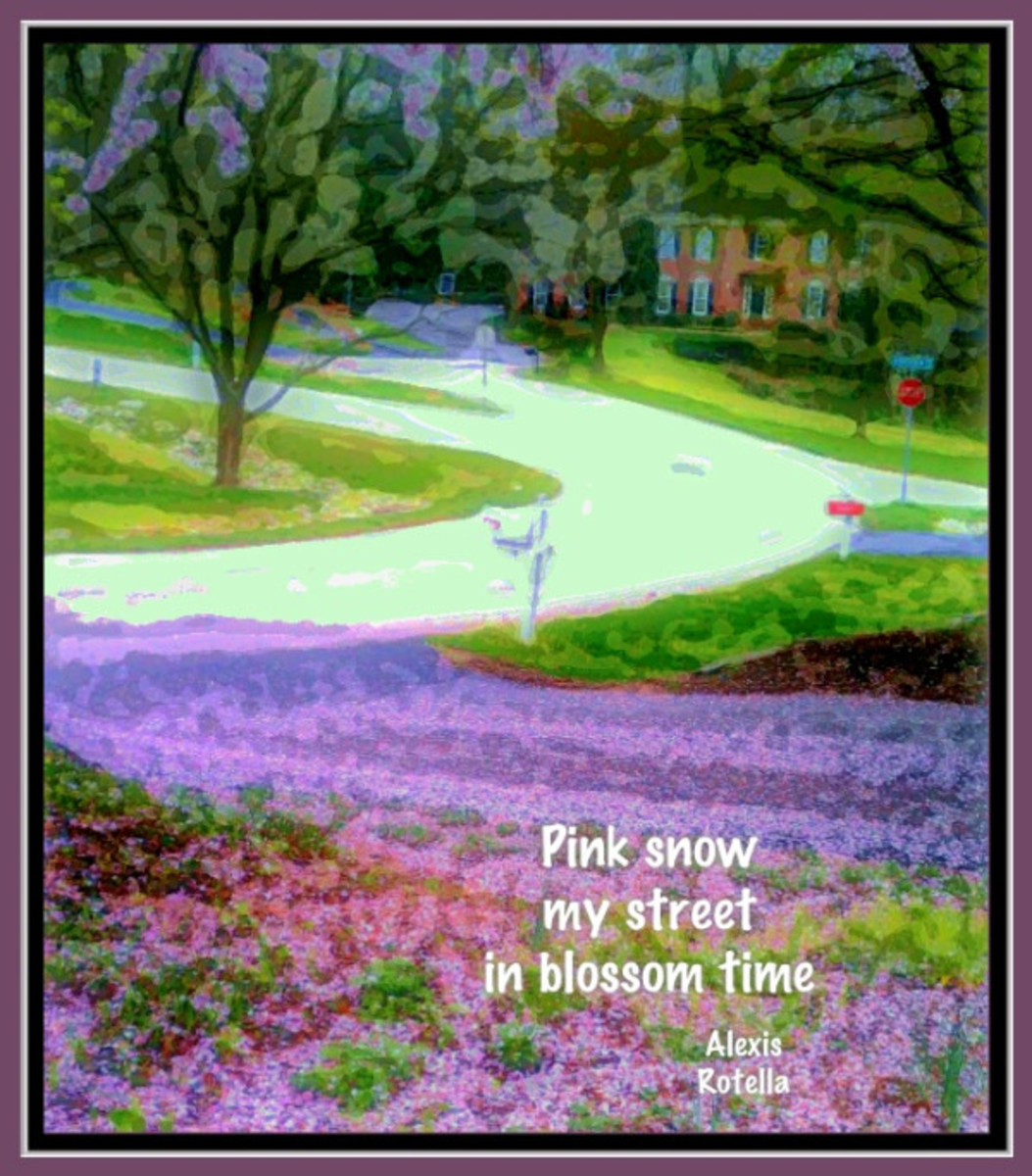Alternatives to Rhyme for Poetry
Make Your Poetry Soar!

What is "Good" Poetry?
Everyone is a poet! Write what you feel is a poem, and you have done it. Although there is no right or wrong way to create poetry, there is "good" poetry and "not-so-good poetry".
Take the time to use strong poetic devices that create meaning. This enables you to create better written poetry.
Isn't Rhyming the Basis for Poetry?
As I wrote in a previous hub, poetry does not need to rhyme. When developed carefully, rhyme makes for a wonderful addition to the construction of a poem. However, it should not be the only device you use to write your poem. There are plenty of other devices from which you can choose that will enhance your poem. Therefore, do not make rhyme your only focus.
When you write a poem, focus on the entire poem. Think about the subject, theme, the diction (choice of words), etc. Too often, a writer's first thought is about how to make the first few lines rhyme. Every part of the poem is important. You must take care to give each part of your poem the focus and dedication it deserves.
Poetic Devices
What Do You Know About Poetic Devices?
Have a Reason for Your Poetic Devices
The poetic devices that you see here are all excellent. However, do not think that you need to use all of these in one poem. To do so would be as bad as only using rhyme. You must be selective.
Have a purpose for what you do. For example, explain why you chose to use rhyme in this poem but not in the previous. You must have an answer. These devices serve a purpose, and it is your duty to judge if that purpose is useful for the particular poem you are writing. If you cannot give a thoughtful explanation to why you use rhyme, or any other device in a poem, do not use it.
Types of Poetic Devices
Before you learn about the specific types of devices, you should know that there are two types: sound devices and figurative language.
Sound devices are techniques poets use to produce special qualities of sound. Some of these may involve a repetition of certain sounds.
Figurative language conveys meaning beyond the literal meanings of words. It helps create strong imagery (words that enable the reader to see, hear, smell, taste or feel the experiences in the poem.
WARNING: Imagery Is Not Just Visual
When people use the term imagery, most refer to it as only relating to vision, things that are experienced through sight. Be careful. This is not true. The term imagery refers to any language that describes how something tastes, feels, smells, sounds, or looks. Imagery relates to the five senses.
Alliteration
Alliteration is a sound device that relies on the repetition of sounds. It is one of the better known devices and is fairly simple to create.
- Repetition of initial consonant sounds in nearby words.
- EXAMPLE: The zombie zoomed zealously toward her next victim, Zoe.
- The repetition of the "z" sound creates alliteration.
The Golden Gate Gloriously Glowed in the Sunlight

Consonance
Consonance is assonance's twin brother. Both sound devices, their repetitive patterns rely on structures within or at the end of words.
- Repetition of consonant sounds in the middle or end of words.
- The big-headed zombie staggered toward the piled wood behind which his victim hid.
- The repetition of the "d" sound creates consonance.
Assonance
Another sound device, assonance, like alliteration, relies on the repetition of sounds. It is sometimes a little more difficult to create.
- A repetition of vowel sounds within words.
- The neat truck would flee down the street toward the sea.
- The repetition of the "ee" sound creates assonance.
Simile
The first device for you to learn of figurative language is simile. Although sometimes overused, it is at times an important part to a good poem if used appropriately.
- A comparison using the signal words like or as.
- You are as cold as ice.
- He swims like a fish.
- Both are comparisons between two objects using either like or as.
Onomatopoeia
One of the more famous sound devices is onomatopoeia. Many people learned about this as young children and loved to use it. However, some people forget about how important it sometimes is and do not think about using it in their current poetry.
- The use of words that make a sound when read aloud.
- The man ate his steak with a disgusting squish, chomp, crack, slurp, and smack that let us all know how much he enjoyed it.
- When said aloud, these onomatopoetic words make noises.
Do You Know Your Poetic Devices ?
view quiz statisticsMetaphor
Much like simile, a metaphor is a comparison between objects and is figurative language. However, it makes the comparison in a different way.
- Makes a comparison without the signal words like or as.
- The people who worked at the office were all zombies.
- A metaphor is a direct comparison.
Her Face Was a Statue
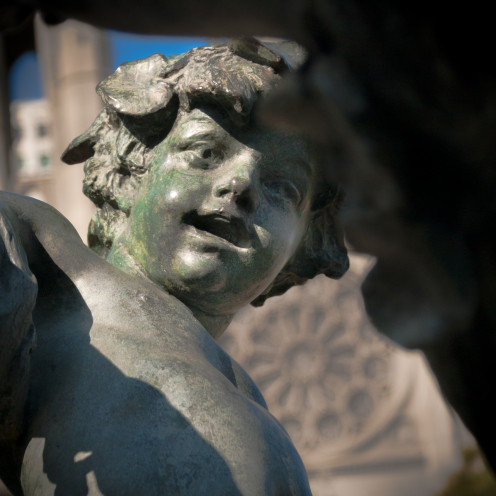
Personification
The final piece of figurative language is personification. When used appropriately, personification makes a wonderful impact.
- Gives human traits to non-human objects.
- NOTE: Non-human objects do not only include animals. Inanimate objects are also included.
- Even though I was full from a huge dinner, the chocolate caked begged me to eat it.
- Food does not beg. Humans do. This creates personification.
Some of the Basics
These are some of the basic poetic devices for you to use in addition or instead of rhyme. There are some devices more complex in nature about which I will soon write. For now, write some poetry and try to use one of these at a time. Do not try to shove them all into one poem. It will take practice to use these effectively in your writings. Lastly, remember to always have a specific reason for using any device.

